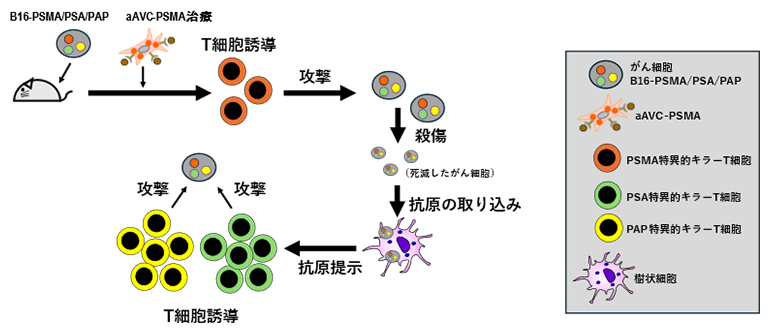2024-02-07 ペンシルベニア州立大学(PennState)
<関連情報>
- https://www.psu.edu/news/eberly-college-science/story/predicting-neurodevelopmental-disease-children-parents-traits/
- https://www.cell.com/ajhg/fulltext/S0002-9297(23)00393-2
親の遺伝的近縁性と同系交配が表現型変異の病原性に寄与する Assortative mating and parental genetic relatedness contribute to the pathogenicity of variably expressive variants
Corrine Smolen,Matthew Jensen,Lisa Dyer,… Bertrand Isidor,Jane Juusola,Santhosh Girirajan
American Journal of Human Genetics Published:November 17, 2023
DOI:https://doi.org/10.1016/j.ajhg.2023.10.015
Summary
We examined more than 97,000 families from four neurodevelopmental disease cohorts and the UK Biobank to identify phenotypic and genetic patterns in parents contributing to neurodevelopmental disease risk in children. We identified within- and cross-disorder correlations between six phenotypes in parents and children, such as obsessive-compulsive disorder (R = 0.32–0.38, p < 10-126). We also found that measures of sub-clinical autism features in parents are associated with several autism severity measures in children, including biparental mean Social Responsiveness Scale scores and proband Repetitive Behaviors Scale scores (regression coefficient = 0.14, p = 3.38 × 10-4). We further describe patterns of phenotypic similarity between spouses, where spouses show correlations for six neurological and psychiatric phenotypes, including a within-disorder correlation for depression (R = 0.24–0.68, p < 0.001) and a cross-disorder correlation between anxiety and bipolar disorder (R = 0.09–0.22, p < 10-92). Using a simulated population, we also found that assortative mating can lead to increases in disease liability over generations and the appearance of “genetic anticipation” in families carrying rare variants. We identified several families in a neurodevelopmental disease cohort where the proband inherited multiple rare variants in disease-associated genes from each of their affected parents. We further identified parental relatedness as a risk factor for neurodevelopmental disorders through its inverse relationship with variant pathogenicity and propose that parental relatedness modulates disease risk by increasing genome-wide homozygosity in children (R = 0.05–0.26, p < 0.05). Our results highlight the utility of assessing parent phenotypes and genotypes toward predicting features in children who carry rare variably expressive variants and implicate assortative mating as a risk factor for increased disease severity in these families.
Graphical abstract



